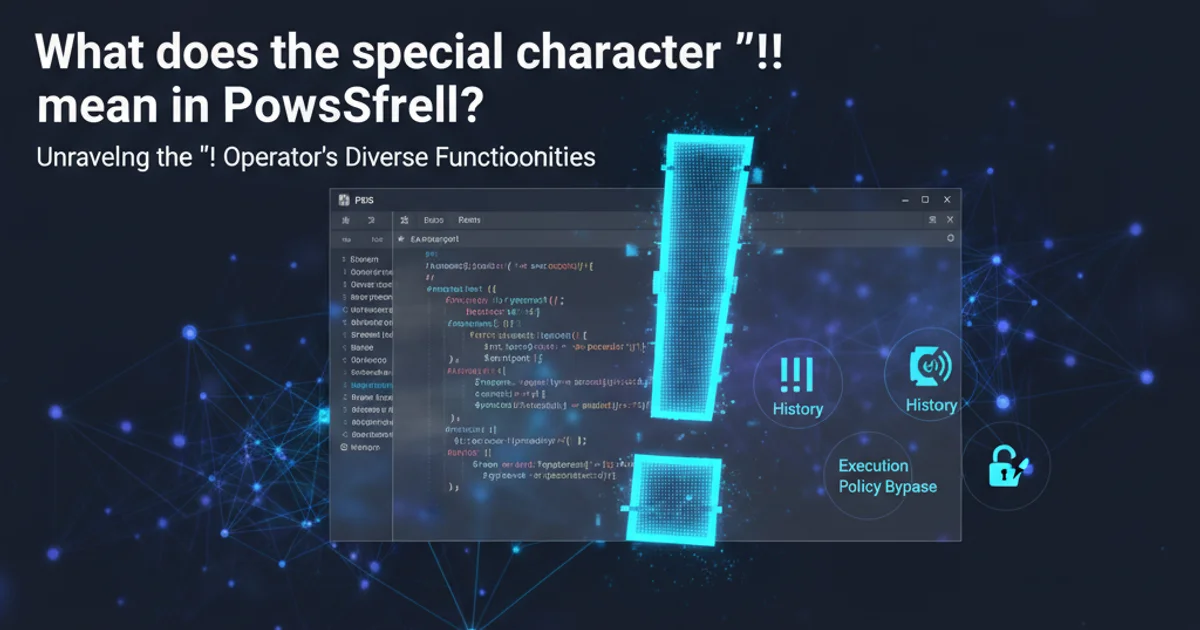Enum Size in Bytes
Categories:
Understanding Enum Size in C# for P/Invoke Scenarios

Explore how C# enums are sized in memory, especially when interacting with unmanaged code via P/Invoke, and learn how to control their underlying type.
When working with C# and interoperating with unmanaged code using Platform Invoke (P/Invoke), understanding the memory layout and size of data types is crucial. Enums, while seemingly simple, can have varying sizes depending on their definition, which directly impacts how they are marshaled across the managed/unmanaged boundary. This article delves into the factors determining enum size in C# and provides practical examples for ensuring correct interoperability.
Default Enum Sizing in C#
By default, if you declare an enum without explicitly specifying an underlying type, C# will use int (System.Int32) as its base type. This means that, regardless of the number of members or their assigned values, an enum will typically occupy 4 bytes in memory. This default behavior is often sufficient for most managed code scenarios, but it can lead to issues when interfacing with native libraries that expect a different size.
public enum DefaultEnum
{
ValueA = 0,
ValueB = 1,
ValueC = 2
}
// In memory, DefaultEnum will occupy 4 bytes (size of int)
A C# enum with its default underlying type (int).
Controlling Enum Size with Explicit Underlying Types
To ensure proper marshaling with unmanaged code, you can explicitly specify the underlying integral type for your enum. C# allows enums to be based on byte, sbyte, short, ushort, int, uint, long, or ulong. This is particularly important when the native API expects an enum to be a specific size, such as a WORD (2 bytes) or a BYTE (1 byte) in C/C++.
public enum ByteEnum : byte
{
Option1 = 0,
Option2 = 1
}
public enum ShortEnum : short
{
Flag1 = 0x01,
Flag2 = 0x02
}
// ByteEnum will occupy 1 byte
// ShortEnum will occupy 2 bytes
Enums with explicitly defined underlying types.
Verifying Enum Size at Runtime
You can verify the size of an enum type at runtime using Marshal.SizeOf<T>() or sizeof() (in an unsafe context). This is a good practice to confirm that your enum definitions align with your expectations, especially during development and debugging of P/Invoke interfaces.
using System;
using System.Runtime.InteropServices;
public enum MyDefaultEnum { A, B, C }
public enum MyByteEnum : byte { X, Y, Z }
public enum MyShortEnum : short { P, Q, R }
public class EnumSizeChecker
{
public static void Main()
{
Console.WriteLine($"Size of MyDefaultEnum: {Marshal.SizeOf<MyDefaultEnum>()} bytes");
Console.WriteLine($"Size of MyByteEnum: {Marshal.SizeOf<MyByteEnum>()} bytes");
Console.WriteLine($"Size of MyShortEnum: {Marshal.SizeOf<MyShortEnum>()} bytes");
// Using sizeof (requires unsafe context)
unsafe
{
Console.WriteLine($"Unsafe size of MyDefaultEnum: {sizeof(MyDefaultEnum)} bytes");
Console.WriteLine($"Unsafe size of MyByteEnum: {sizeof(MyByteEnum)} bytes");
Console.WriteLine($"Unsafe size of MyShortEnum: {sizeof(MyShortEnum)} bytes");
}
}
}
C# code to check enum sizes using Marshal.SizeOf and sizeof.
flowchart TD
A[Enum Declaration] --> B{Underlying Type Specified?}
B -- No --> C[Default to int (4 bytes)]
B -- Yes --> D[Use Specified Type (byte, short, etc.)]
C --> E[P/Invoke Marshaling]
D --> E[P/Invoke Marshaling]
E --> F{Native API Expectation Match?}
F -- Yes --> G[Successful Interop]
F -- No --> H[Potential Data Corruption/Error]Flowchart illustrating enum size determination and its impact on P/Invoke.
sizeof() as it requires an unsafe context and might not always reflect the marshaled size if custom marshaling is involved. Marshal.SizeOf() is generally preferred for P/Invoke scenarios as it accounts for marshaling rules.